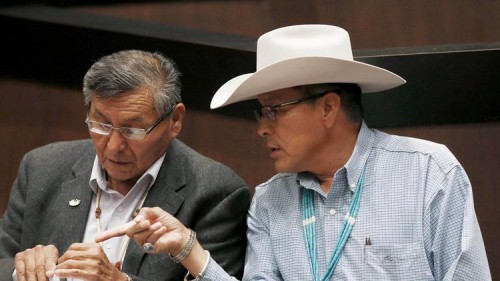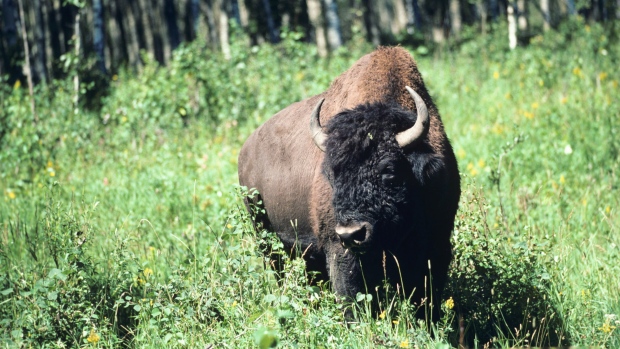WASHINGTON, D.C. – The U.S. Senate has unanimously passed legislation introduced by U.S. Senators Jerry Moran (R-Kan.) and Heidi Heitkamp (D-N.D.), a member of the Committee on Indian Affairs, to end the U.S. Internal Revenue Service’s (IRS) practice of taxing crucial programs and services that aim to support the health and safety of Native families. The Tribal General Welfare Exclusion Act was passed by the U.S. House of Representatives earlier this week and next heads to the President’s desk to be signed into law.
“Tribes are sovereign governments that often provide services to their citizens,” Sen. Moran said. “I am pleased Congress has come together to make certain tribal citizens are not unfairly taxed while respecting tribal sovereignty. By clarifying the definition of general welfare programs, this legislation will enhance economic development and the quality of life in Indian Country.”
“As a former attorney general and as a lawyer, I view these Native American treaty rights and trust responsibilities as a contract between the U.S. and our American Indian tribes. Yet for far too long, that contract has been broken. Our legislation takes an important step to repair it,” said Sen. Heitkamp. “This week, the Senate and House took a huge step forward and came together to pass our bipartisan bill which levels the playing field for Native families. It will enable tribal governments to decide which programs best help their communities thrive, just as local and state governments do. For too long, that hasn’t been the case. I’ve heard stories of the IRS questioning a tribal government’s ability to provide school supplies to elementary school children, or levying a tax on a ramp erected for a tribal elder to access her home. This law shows that we respect tribal sovereignty by making sure tribal citizens get the rights they deserve.”
The Tribal General Welfare Exclusion Act will fully recognize that Indian tribes – as sovereign nations – are responsible for making certain their government programs and services best fit the needs of their citizens, just as other local governments across the country do. For years, Indian tribes have been taxed for providing health care, education, housing, or legal aid to those in need. Local and state governments throughout the United States frequently offer such services to those who need assistance, but the people receiving help are not taxed by the IRS.
Once signed into law, the Tribal General Welfare Exclusion Act will:
• Mandate tribal government programs, services and benefits authorized or administered by tribes for tribal citizens, spouses and dependents are excluded from income as a “general welfare exclusion”;
• Clarify that items of cultural significance (e.g., paying someone to lead sacred Indian ceremonies) or cash honoraria provided by tribal governments shall not represent compensation for services and shall be excluded from taxable income;
• Direct the Secretary of Treasury to require education and training of IRS field agents on federal Indian law














